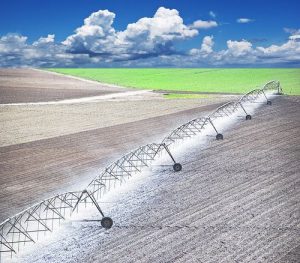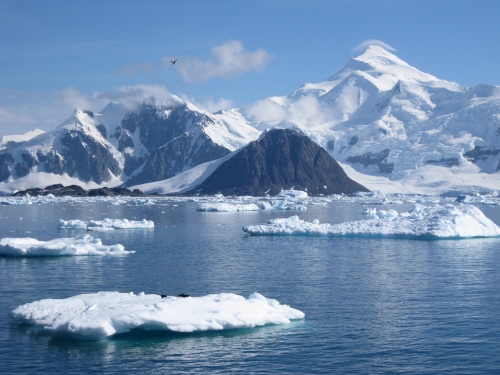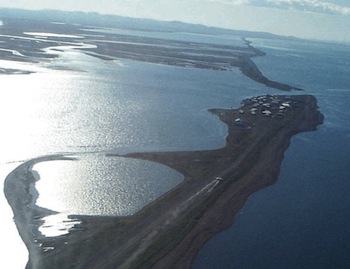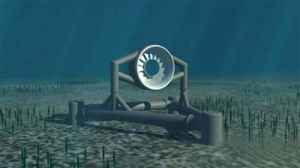Tardigrades are animals that thrive in extremes. Also known as water bears or moss piglets, the aquatic, microscopic invertebrates can survive freezing and boiling temperatures as well as the harsh conditions of outer space. A dried-out tardigrade can be reanimated just by adding water—even decades later. They’re found on every continent including Antarctica, and they live in environments ranging from the deepest ocean trenches to the hottest deserts to the tops of the Himalaya.
 Now scientists have discovered that tardigrades possess yet another extreme claim to fame: Their genome contains the most foreign DNA of any animal species known.
Now scientists have discovered that tardigrades possess yet another extreme claim to fame: Their genome contains the most foreign DNA of any animal species known.
Rather than inheriting all of their genes from their ancestors, tardigrades get a whopping one-sixth of their genetic makeup from unrelated plants, bacteria, fungi and archaeans, researchers report today in PNAS. The bizarre mashup highlights the fact that species can take shape in much less linear ways that commonly imagined. Read more











